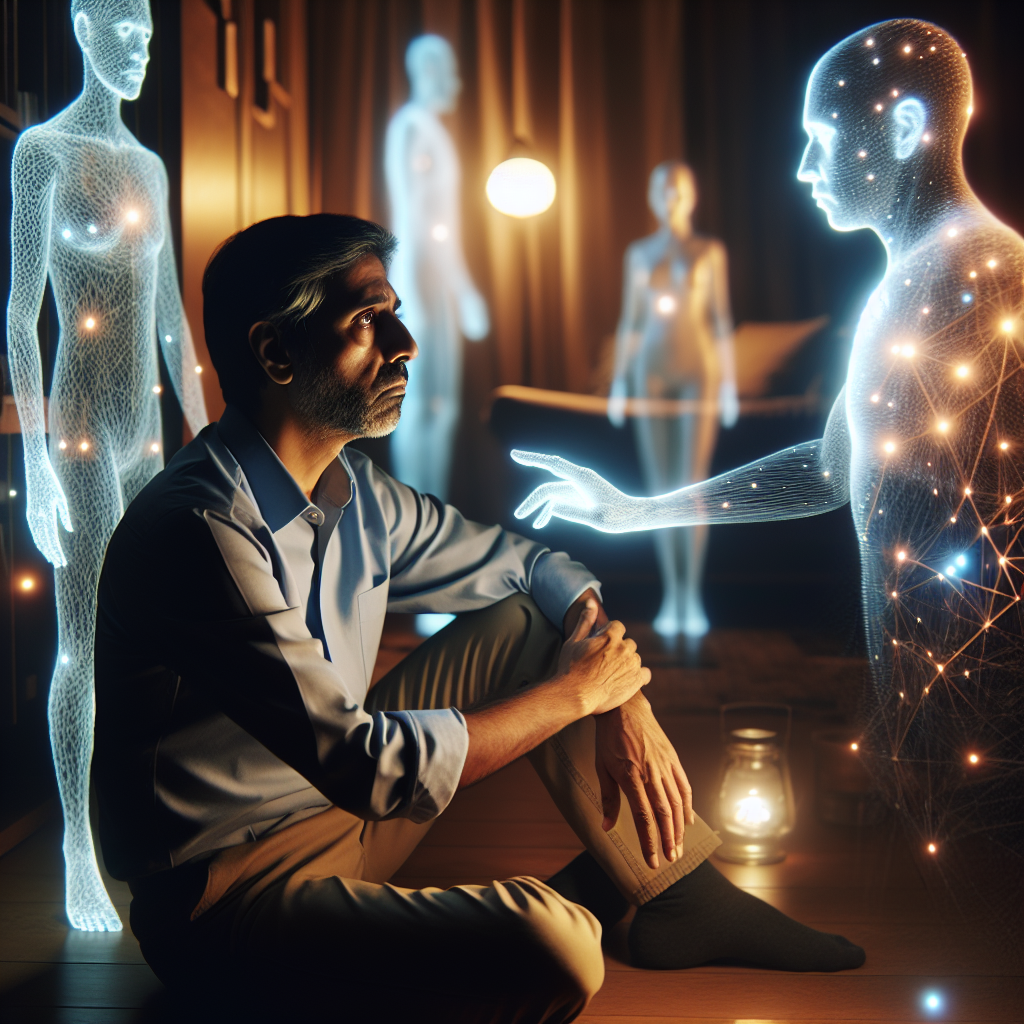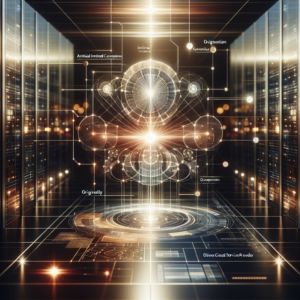People Are Losing Loved Ones to AI-Fueled Spiritual Fantasies
The rapid advancement of artificial intelligence (AI) has not only transformed industries but also seeped into the most intimate corners of our lives, including the realms of spirituality and personal relationships. As technology continues to evolve, a disturbing trend has emerged: individuals are increasingly turning to AI to connect with their deceased loved ones, leading to a myriad of emotional and ethical dilemmas.
In this blog post, we will explore the phenomenon of AI-driven spiritual fantasies, the implications of such practices, and how they affect our relationships with the living and the dead.
The Allure of AI in Spirituality
The digital age has brought with it a unique opportunity for people to engage with the memories of those they have lost. Social media, virtual reality, and AI chatbots are among the technologies being employed to create a semblance of life after death. This trend captivates many due to several reasons:
1. Emotional Connection: AI can simulate conversations, creating the illusion of continued connection with a loved one. This can provide comfort to those grieving.
2. Nostalgia and Memory: By utilizing personal data, AI can recreate a deceased person’s personality, preferences, and mannerisms, allowing loved ones to experience nostalgia in a whole new way.
3. Escapism: Engaging with AI-fueled fantasies can provide an escape from the pain of loss, enabling individuals to avoid the difficult process of mourning.
However, while this practice may seem harmless to some, it raises significant questions about the implications of such interactions.
The Impact on Grieving Processes
The way we grieve has evolved with the rise of technology. While some people find solace in AI, others argue that these interactions can hinder the natural grieving process. Here are some potential negative impacts:
1. Prolonged Grief: The ability to interact with an AI version of a loved one may prevent individuals from fully processing their loss and moving on.
2. Emotional Dependency: Relying on AI for comfort might lead to an unhealthy attachment, where individuals find it easier to engage with a digital construct than face their genuine feelings.
3. Distorted Memories: AI’s recreation of a loved one may not accurately reflect their true personality, leading to a skewed perception of the deceased that can complicate the grieving process.
The Technology Behind AI Spirituality
AI’s role in the manifestation of these spiritual fantasies is fascinating and complex. Several technologies enable this phenomenon:
1. Natural Language Processing (NLP): This technology allows AI to understand and generate human-like conversations. By processing vast amounts of data, AI can mimic the speech patterns and intonations of a deceased person, making interactions feel more authentic.
2. Machine Learning: Algorithms can analyze personal communications, social media posts, and other digital footprints to create a replica of a person’s thoughts and feelings. This means that even after death, a person’s digital persona can “live on.”
3. Virtual Reality (VR): Through immersive experiences, VR can allow individuals to interact with a digital representation of their deceased loved ones, creating a more powerful emotional experience.
While these technologies are advanced, they also bring about ethical concerns regarding consent and the sanctity of personal memories.
Ethical Considerations
As we delve deeper into the world of AI and spirituality, several ethical dilemmas arise:
1. Consent: If a person has passed away, who has the right to dictate how their memories and digital selves are used? The question of consent becomes particularly murky when dealing with deceased individuals.
2. Exploitation: There is a risk of exploitation in the market for AI-generated spiritual experiences. Companies are starting to recognize the demand for such interactions, potentially commodifying grief and mourning.
3. Reality vs. Fantasy: The line between memories and AI-generated fantasies can blur, leading individuals to form attachments to a version of their loved ones that never truly existed.
Navigating the Future of AI in Grieving
As we move forward, it’s essential to approach the intersection of AI and spirituality thoughtfully. Here are some key considerations for individuals and society:
1. Acknowledge the Grieving Process: It is crucial to understand that while technology can provide temporary comfort, it should not replace the essential elements of grieving and healing.
2. Promote Healthy Coping Mechanisms: Encourage practices that prioritize emotional well-being, such as therapy or support groups, rather than solely relying on AI solutions.
3. Raise Awareness about Ethical Concerns: Society needs to engage in discussions about the ethical implications of AI-driven spiritual experiences, emphasizing the importance of consent and respect for the deceased.
4. Foster Technology Literacy: Educating individuals on the limitations of AI and the difference between digital interactions and real connections can help mitigate some of the emotional risks involved.
Conclusion
The emergence of AI-fueled spiritual fantasies represents a complex blend of technology and human emotion. While such innovations can provide comfort to those dealing with loss, they also pose significant challenges to our understanding of grief, memory, and the essence of human connection. As we navigate this new landscape, it is crucial to strike a balance between embracing technological advancements and honoring the memory of those we have loved and lost. In doing so, we can ensure that our relationships—both with the living and the deceased—remain genuine and meaningful.



